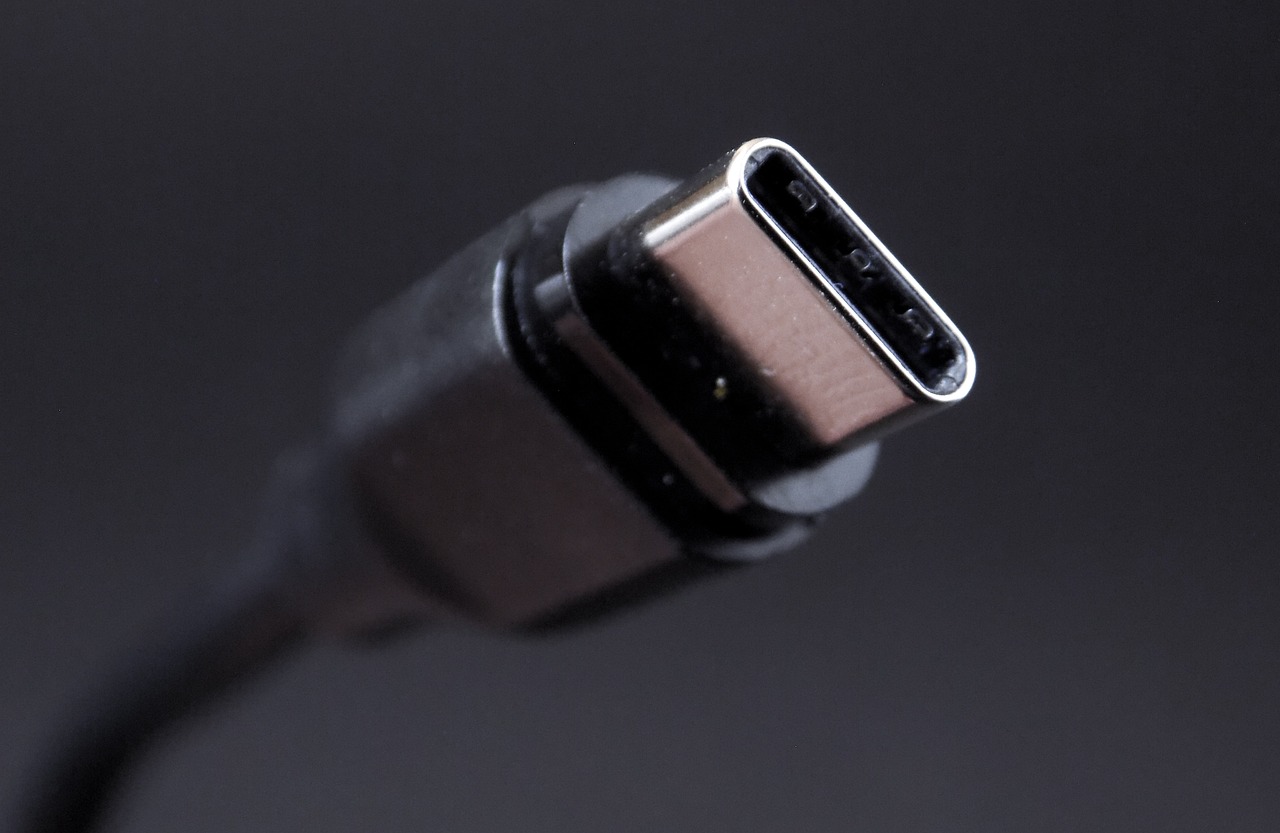While most phones have been sporting USB-C ports for years, Apple has long held out against aligning itself with this standard. That is however set to become a thing of the past, with the tech behemoth finally bowing to regulatory pressure.
Since the iPhone 5 first burst onto the scene in 2012, all of Apple’s models up to the current iPhone 13 and 14 iterations have sported Lightning power connectors and ports – Apple’s proprietary 8-pin charging and connectivity technology. That’s all set to change as of December 28th 2024 though, as that’s the deadline that the European Commission has set for all electronic devices to have a USB-C port. Though the law technically only applies to EU countries, it’s widely assumed that Apple will apply the change globally rather than making two different versions.
What will the change mean for iPhone users?
Although as of late 2024 all Apple phones will have to have USB-C ports, if you have an existing iPhone 12, iPhone 13 or another model you don’t need to ditch your lightning charger – it only applies to newly shipped products. What it does mean though is that anyone changing their mobile contracts from another brand’s smartphone, such as a Samsung Galaxy S22, to an iPhone, won’t need to buy a new charger and can simply use their old one.
What will the first iPhone with a USB-C port be?
Assuming that the iPhone 15 will come out next year followed by iPhone 16 in 2024, it’s likely that the latter at least will come with USB-C, though Apple may decide to get ahead of the game and ship the 15 models with it. As well as chargers, other phone accessories will also be required to make the change, so if you’re in the market for iPhone deals expect USB-C to be a common sight.
The future of chargers
So it seems that for now at least, USB-C is king. But things can move pretty fast in the world of smartphones, and today’s standard can soon become yesterday’s old news, and with things like wireless charging and connectivity becoming more common, the days of cables themselves could soon be numbered.
